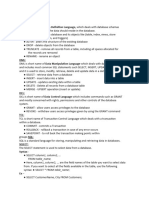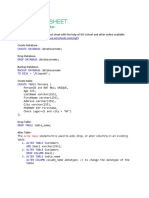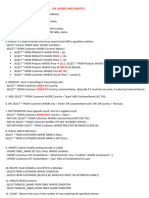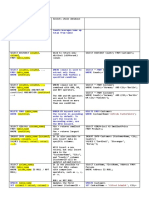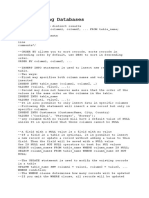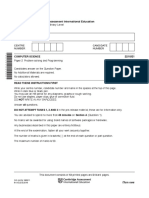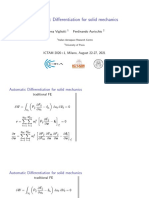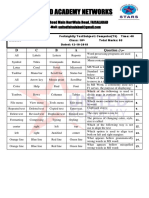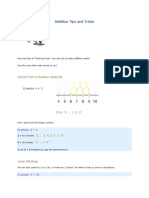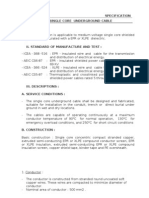0% found this document useful (0 votes)
13 views4 pagesCode
This SQL cheatsheet provides a comprehensive overview of essential SQL commands and functions, including basic querying, filtering operators, aggregate functions, and string operations. It includes syntax examples for various operations such as SELECT, WHERE, GROUP BY, and CASE WHEN, along with tips for effective SQL practice. The document serves as a quick reference guide for users to enhance their SQL skills and understanding.
Uploaded by
Nis HanCopyright
© © All Rights Reserved
We take content rights seriously. If you suspect this is your content, claim it here.
Available Formats
Download as TXT, PDF, TXT or read online on Scribd
0% found this document useful (0 votes)
13 views4 pagesCode
This SQL cheatsheet provides a comprehensive overview of essential SQL commands and functions, including basic querying, filtering operators, aggregate functions, and string operations. It includes syntax examples for various operations such as SELECT, WHERE, GROUP BY, and CASE WHEN, along with tips for effective SQL practice. The document serves as a quick reference guide for users to enhance their SQL skills and understanding.
Uploaded by
Nis HanCopyright
© © All Rights Reserved
We take content rights seriously. If you suspect this is your content, claim it here.
Available Formats
Download as TXT, PDF, TXT or read online on Scribd
/ 4


















